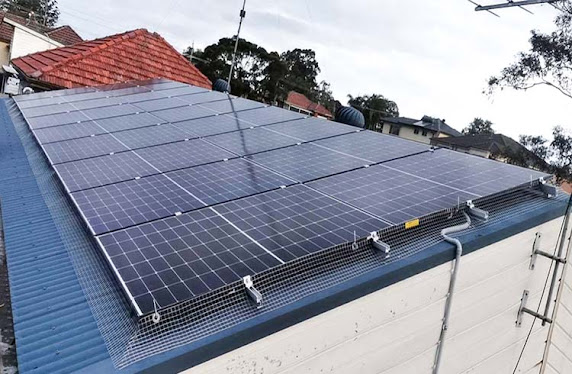How Long Can a Solar Battery Power a House?
Australia’s uptake of rooftop solar has made us world leaders in distributed renewable energy. Many households are now looking beyond panels to solar battery installations to increase self‑sufficiency, reduce bills and improve resilience during blackouts. Yet the simple question “how long can a solar battery power a house?” has no one‑size‑fits‑all answer. Runtime depends on battery size, household consumption, how you use your system and whether solar panels are available to recharge the battery. This article draws on independent research and government guidance to explain the factors that determine battery runtime and to help you choose the proper storage solution.
Understanding battery capacity and household consumption
The ability of a battery to keep your lights on is governed by its capacity, measured in kilowatt‑hours (kWh). One kWh represents the amount of energy required to run a 1 kW appliance for one hour. An article on battery sizing notes that a battery labelled 10 kWh powering a home that uses about 2 kWh per hour during a blackout would theoretically provide around five hours of backup. In practice, real‑world performance is less neat: manufacturers build in a safety buffer so the battery isn’t completely drained, meaning usable capacity is typically 5–10 % lower than the rated capacity. The Australian government’s energy guide echoes this, explaining that household batteries usually range from 4 kWh to 14 kWh and that the usable capacity of a lithium‑ion battery is slightly smaller than the total capacity because some charge must remain to protect battery health.
Your daily electricity usage is just as important. According to an energy consumption survey, the nationwide average for a three‑person household is 18.71 kWh per day, a four‑person home uses 21.355 kWh, and households with five or more people consume about 25.43 kWh per day. In Sydney, the daily average for a four‑person home is roughly 20 kWh, climbing to more than 23 kWh in winter and falling below 18 kWh in spring. Climate and lifestyle matter – homes in cooler regions like Hobart use considerably more energy than those in milder Melbourne. You should also consider high‑demand appliances: an energy‑use breakdown lists a refrigerator using 1.5–2 kWh per day, a few lights and a Wi‑Fi router about 0.5–1 kWh per day, but an air‑conditioner drawing 3–5 kWh per hour, an electric oven 2–3 kWh per use, and an EV charger 7 kWh or more per hour. These large loads can drain a battery rapidly.
How long can a solar battery power a house?
In typical conditions a 10 kWh solar battery powering only essential appliances – lights, a fridge and maybe a fan – can run for about 24 hours. Researchers at the Lawrence Berkeley National Laboratory found that a small solar‑plus‑storage system with 10 kWh of battery could meet critical backup needs through a three‑day outage in most counties in the United States, though this assumes careful energy management and adequate sunlight for recharging. Without a solar array to replenish it, that same 10 kWh battery delivering around 2 kWh per hour will be exhausted after roughly five hours. The big takeaway: runtime depends on what you plug in. Turning off energy‑hungry heaters or air‑conditioners during an outage dramatically extends backup time. Adding solar panels improves the picture because the battery can recharge during the day, effectively providing “limitless” backup as long as sunlight and careful usage continue. Read More: https://www.solarnational.com.au/how-long-can-a-solar-battery-power-a-house/


Comments
Post a Comment